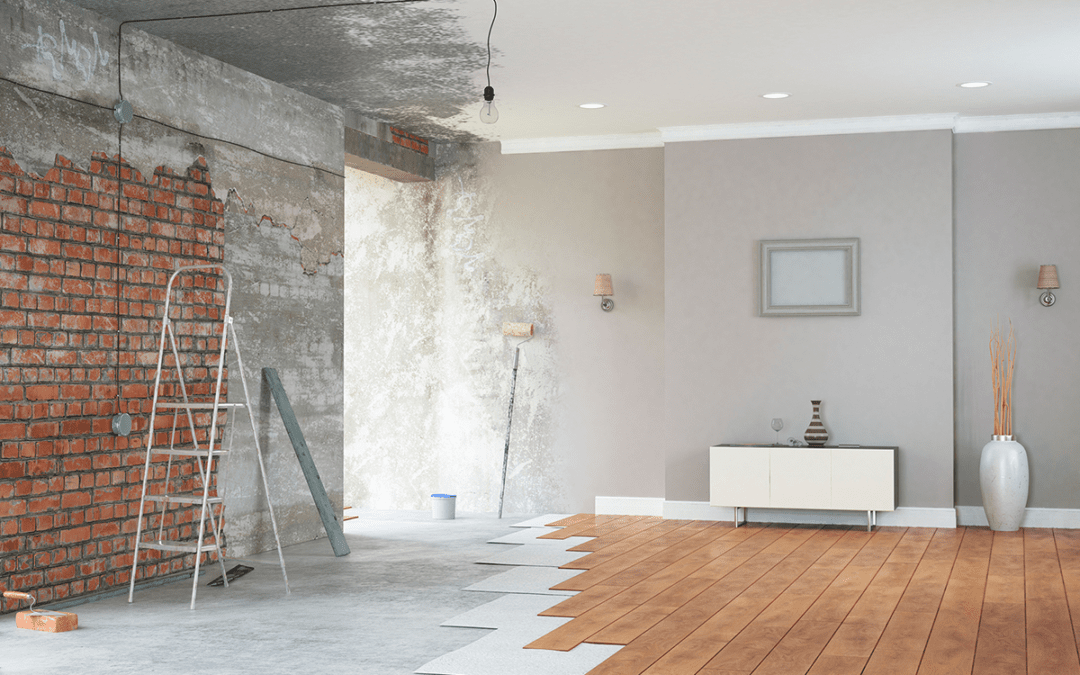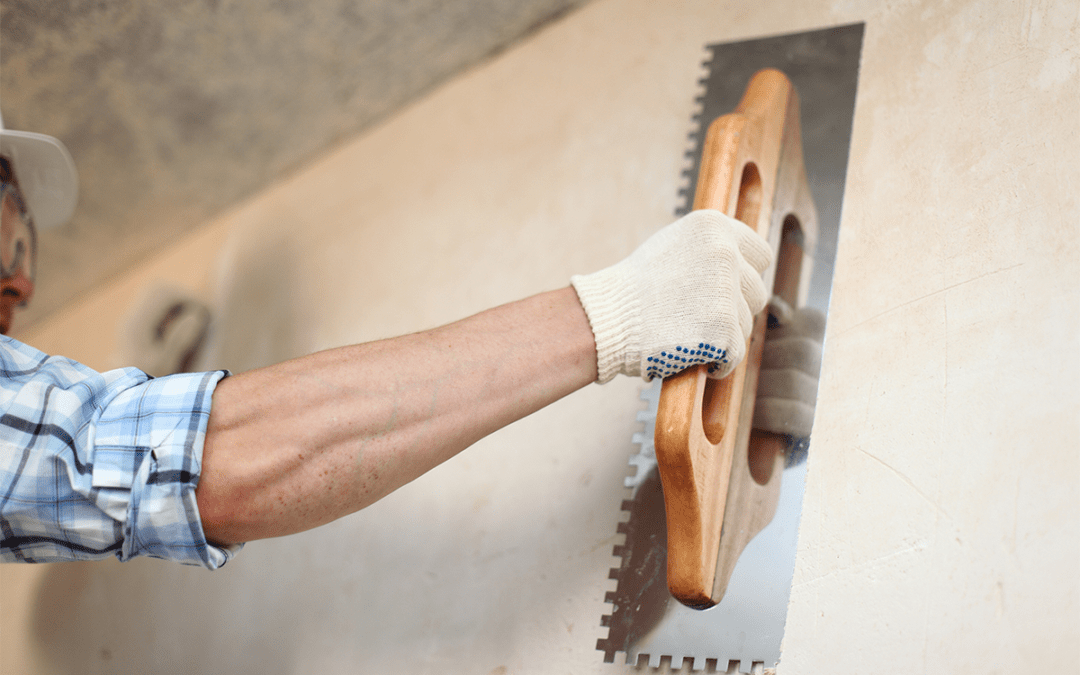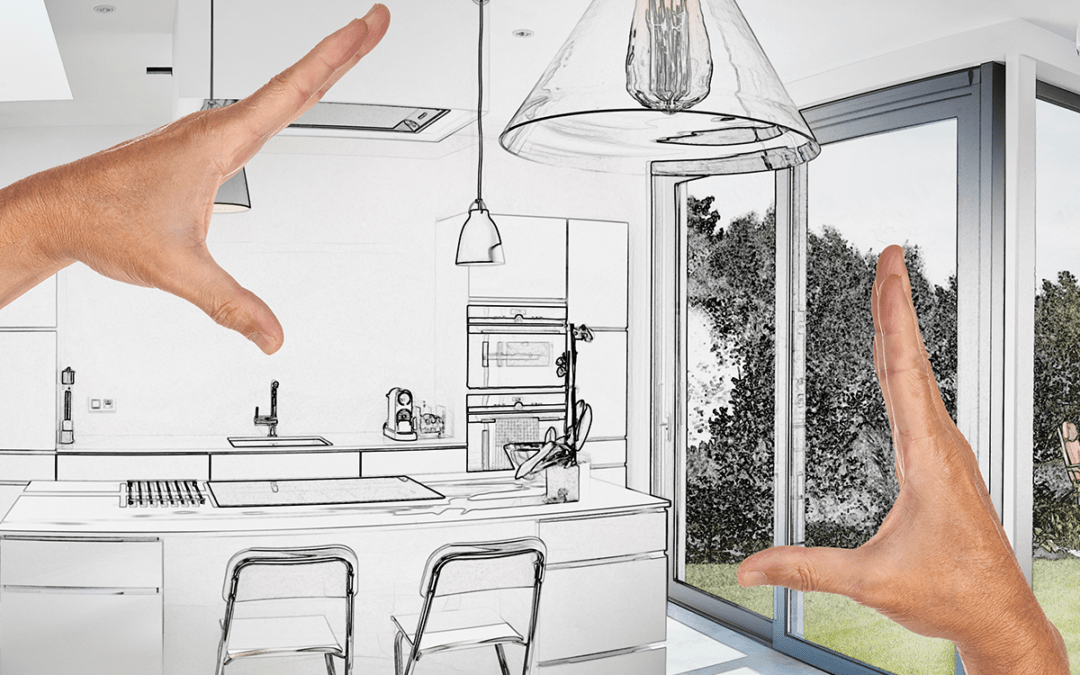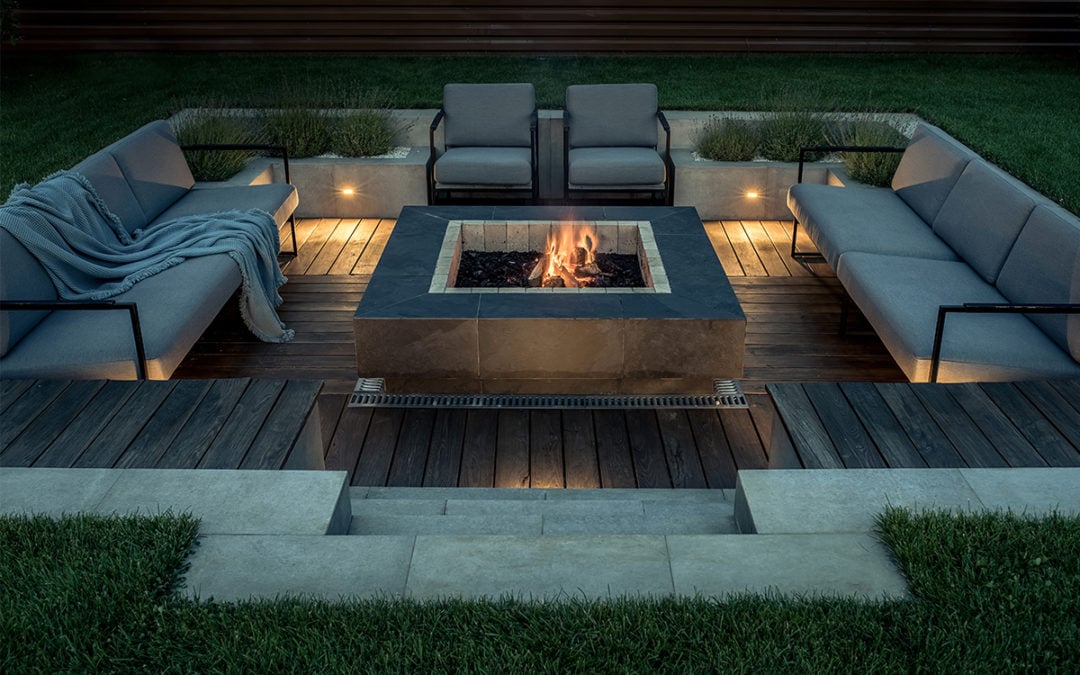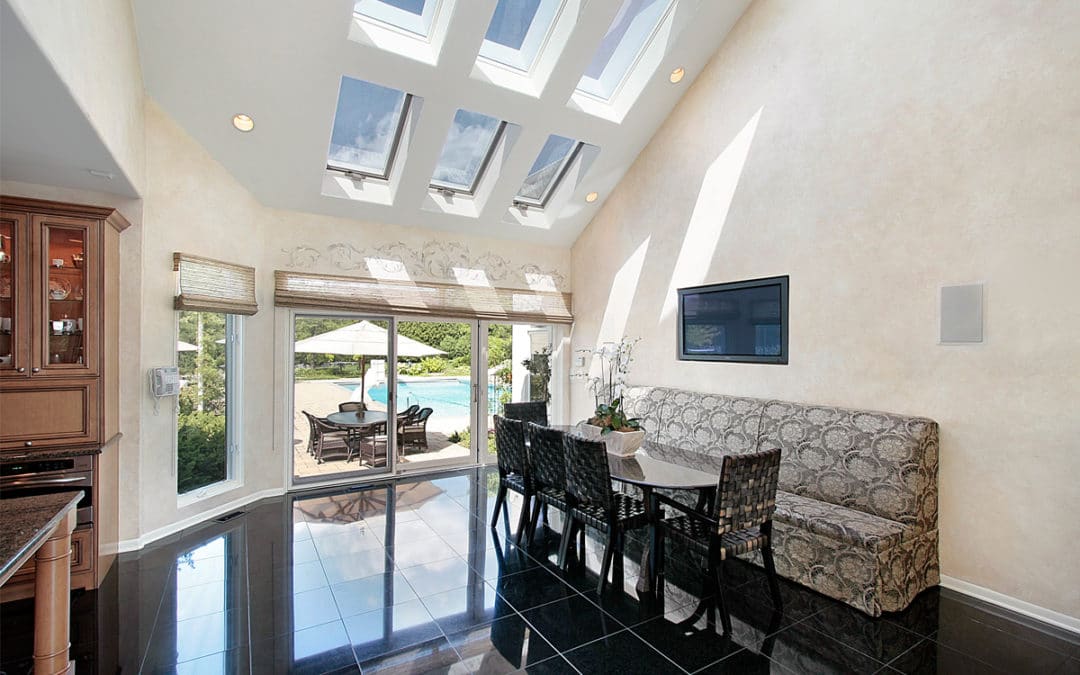
Smart Home, Smart Choice
Innovative home technology offers incredible ways to improve security, manage your utilities remotely, and make life more comfortable. These intelligent systems rely on inter-connectivity, so you can monitor and control devices wherever you happen to be.
Home automation means the same thing – it’s all about energy efficiency, convenience, and ensuring your property runs smoothly. Here we’ll explain more about what a smart home is, why it’s worth having, and how you can make your property work a little harder!
What is a Smart Home?
A smart house often uses a central hub, such as Amazon Echo, Samsung SmartThings, or Google Home, to operate many appliances, settings, and functions.
Need to ramp up the heating before you wake up each morning, set the alarm to let you know when someone rings your doorbell, or make sure the cooker is preheating as soon as you leave the office? Smart homes can make all those things happen and much more.
One of the joys of a smart home is that it mitigates tonnes of manual actions, such as switching on lights when it gets dim, locking or unlocking doors, or turning on the radio to keep your pets company. These applications are brilliant for busy families and those who want to improve their energy efficiency or have mobility restrictions that make everyday chores a challenge.
Typical Assets You’ll Find in a Modern Smart Home
Let’s run through some of the appliances you might choose to include in your clever home design.
Home Media Centres
Entertainment is a big part of family life, and a home media centre with home automation can make it easy to:
- Watch, pause, record and rewind live TV.
- Check your emails or messages from any device.
- Control your home systems from your remote.
- Use your phone app rather than a physical remote.
- Instruct your TV to record your favourite show through your app.
Apps command everything, so you don’t need to flick on a light, use a wall touchpad, or move from your spot. Many systems also incorporate a range of voice activations.
Smart Heating and Lighting
Intelligent heating systems work by operating your thermostats, lights and boiler through your smart device. You can turn the heat up or down, activate air conditioning, ask the lights to be switched on according to weather conditions, or pre-set instructions.
Smart home systems can be automated to turn off the heating and lights when you leave the house, so you’ll immediately start to conserve energy when there’s nobody home.
Smart Home Security
Alarm systems have come a long way from a simple motion detector and include brands such as Ring alarms and doorbells.
Options include:
- Arming or disarming alarms through an app on your mobile.
- Receiving instant notifications if an alarm or doorbell is triggered.
- Automatic surveillance recording when motion is detected.
If you opt for a smart home security package with dual communication channels, it’ll keep working even if the Wi-Fi is down.
Smart Home Efficiency
The average smart home is a whopping 30-40% more efficient than a regular house. Even though always-on speakers or connected cameras tend to use a little energy, the outflow is usually much less with better utility management. Your smart home metres will ensure you know how much you’ve spent, where your energy is going and allow you to keep firm control of your utility budgets.
Monitoring water leaks, closing and locking gates and doors, automating sprinklers or checking whether or not you locked the garage door is all possible through a smart home hub.
Popular Smart Home Entertainment Apps or Services
The best smart home system for you depends on how you want to use it, but we’ll take a brief look at some of the most popular options:
- Logitech Harmony Home Hub controls up to eight home entertainment or automation devices through a smartphone app, interacting with lights, thermostats and other home essentials.
- Amazon Echo is designed to respond to your voice with total hands-free operation. It can play music and control devices from lighting to heaters, and anything electrical plugged in (whether it is an intelligent appliance or not).
- Samsung SmartThings is a hub that connects wirelessly with various devices, controlled via an app on a smartphone or tablet.
- iRule is an app rather than hardware and turns a mobile into a universal control, directly managing TV streaming apps or electronics.
- Google Home is another app to handle Google Nest or Google Home speakers and compatible lights, cameras and calendars.
Benefits of Having a Smart Home
Of the many benefits of intelligent home automation, the most significant is that you can manage all devices from one place. It is usually straightforward to add new appliances or update your app as new versions are released. You can integrate with existing systems rather than needing to update every switch and socket in your home.
Smart homes have maximised security, with options such as automated locking, motion detection and instant video surveillance, all streamed to your app to keep an eye on things from anywhere in the world.
Remote control functions ensure you don’t use unnecessary electricity or gas and can tap into insights into how your home works, how you consume energy, and ways to cut down on your utility bills.
Options to Make Your Property Smarter
Making your home smarter can save you a massively on costs in the long run! Here are some simple steps to optimise your home intelligence systems:
- Invest in a smart home assistant – you can choose from some of the options and brands we’ve mentioned above, or get in touch for more recommendations.
- Choose smart lighting – that can include rewiring, bulb replacements or plugging in a relay box.
- Replacing wall sockets – smart plugs convert a standard socket into a smart one, whereby you can turn on the TV, lamps or the kettle on your app or activate electric heaters from your phone.
- Upgrade to intelligent security – indoor security cameras usually come with pedestals with no wall mounting, including environmental sensors and linking with smart doorbell cams for added safety.
- Adding smart central heating – a connected boiler system will allow you to either instruct your temperature to adjust automatically to the weather or respond to manual controls in your app.
Homes of the future will be more efficient, easier to operate, streamlined, and connected so that every homeowner can control their property from entertainment to security, lighting to water temperature, all with a couple of clicks in an app.
If you’re interested in making your home a smart home, please contact the Pinnacle Works team for more information about any of the options discussed here.

